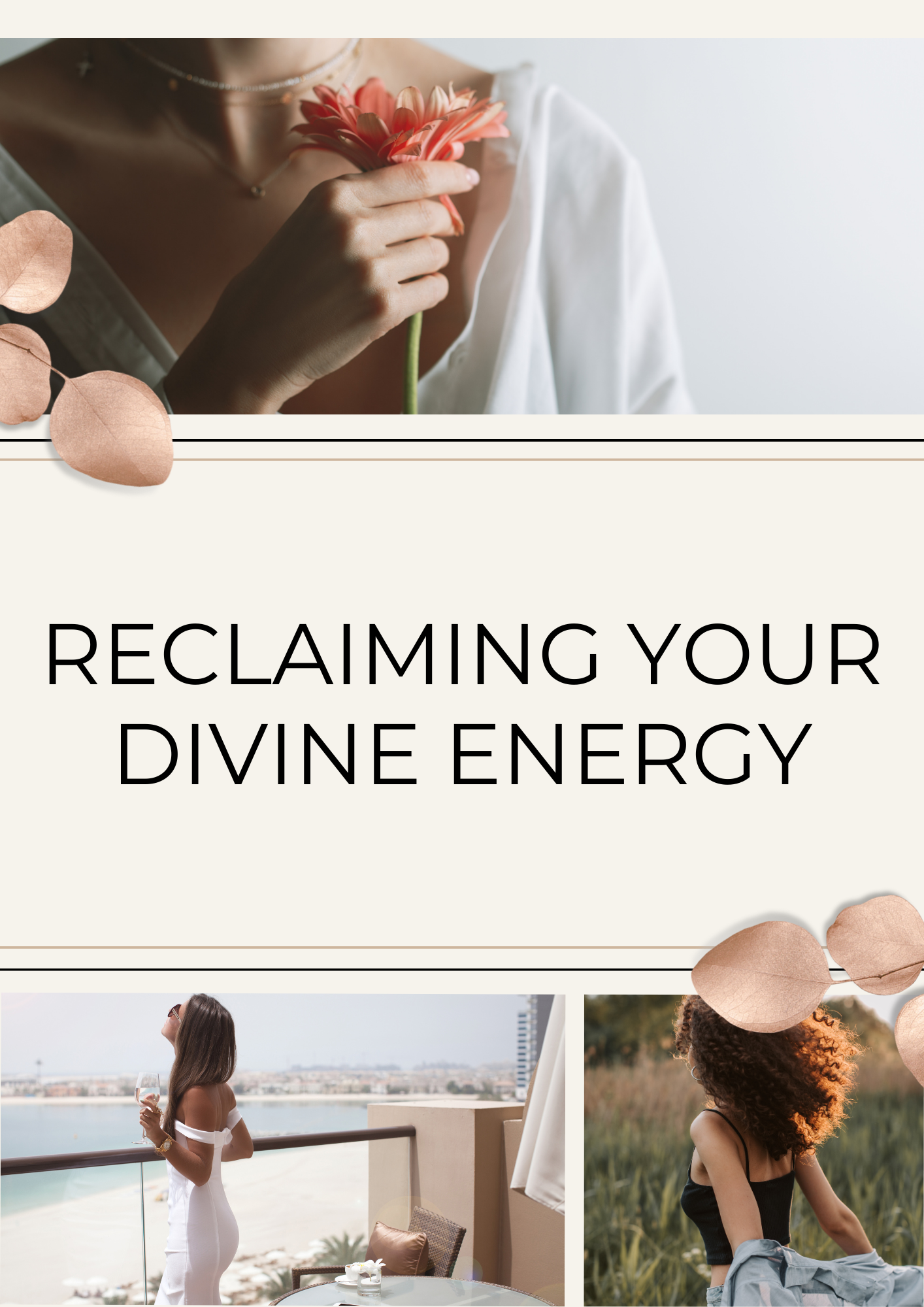In today's digital age, we're constantly surrounded by screens, from smartphones and laptops to tablets and TVs. While this technological revolution has brought convenience and connectivity to our lives, it has also introduced a new concern: blue light overstimulation. Let's explore the effects of blue light on our well-being and discuss why switching to soft, warm lighting, like 2700 Kelvin light bulbs, can provide a soothing remedy.
Blue light is a high-energy, short-wavelength light that emits from various sources, including LED screens, fluorescent lighting, and the sun. While exposure to natural blue light during the day is essential for regulating our circadian rhythm and boosting alertness, overexposure to artificial blue light, especially during the evening, can have adverse effects on our health.
LED Light Bulbs: The use of LED (Light Emitting Diode) bulbs has become increasingly popular due to their energy efficiency and longevity. However, many LED bulbs emit a bluish-white light that can be harsh on the eyes, especially in the evening.
Fluorescent Lighting: Some areas of the home, such as kitchens and garages, may still use fluorescent lighting, which also emits a significant amount of blue light.
Television Screens: The majority of modern TVs use LED backlit screens, which emit blue light. Prolonged TV viewing in the evening can contribute to overstimulation.
Computer Monitors: Computers, laptops, and computer monitors often have LED screens, exposing users to blue light during work and leisure activities.
Smartphones and Tablets: The widespread use of smartphones and tablets, particularly before bedtime, exposes us to high levels of blue light, affecting sleep patterns.
Refrigerators: Many refrigerators have LED lighting, contributing to the overall exposure to blue light in the kitchen.
Microwaves: LED displays and buttons on microwaves emit blue light, which can be disruptive if used late at night.
With so many sources of blue light and LED lighting throughout our homes, it's clear that we're constantly exposed to artificial blue light, especially in the evening. This continuous exposure disrupts our circadian rhythm and can lead to sleep disturbances, eye strain, and overall overstimulation.
Switching to 2700 Kelvin light bulbs and softer lighting options can create a more inviting and calming environment, reducing the overstimulation caused by excessive blue light exposure and enhancing your overall well-being.
Numerous studies have shown that excessive blue light exposure in the evening can disrupt our circadian rhythm, making it difficult to fall asleep and stay asleep. The blue light emitted from screens interferes with the production of melatonin, the hormone responsible for sleep regulation. This disruption can lead to insomnia, fatigue, and even mood disturbances.
Prolonged exposure to blue light can cause eye strain, leading to digital eye strain syndrome (also known as computer vision syndrome). Symptoms include dry eyes, headaches, blurred vision, and difficulty focusing. Over time, this can significantly impact our productivity and overall well-being.
2700 Kelvin Light Bulbs: To counteract the negative effects of blue light, experts recommend a simple yet effective solution: swapping out your regular light bulbs for those with a warmer color temperature, around 2700 Kelvin. These bulbs emit a soft, yellowish light that closely resembles the warm glow of sunset.
Scientific Evidence: The Journal of Environmental Science and Technology's study showed that exposure to warm lighting in the evening can improve sleep quality by enhancing melatonin production. Researchers found that individuals exposed to warmer light temperatures had a smoother transition into sleep and woke up feeling more refreshed.
Changing the light bulbs in your home is just the beginning. Consider incorporating softer lighting options throughout your living spaces. Here are some ideas:
1.
Christmas Lights: Stringing up Christmas lights year-round can create a cozy, warm atmosphere. The soft, colorful glow can be a delightful addition to any room.
2. Night Lights: Night lights with warm color temperatures can be strategically placed in hallways and bedrooms to guide your way without disturbing your sleep patterns.
3. Lamps: Table and floor lamps with warm-toned bulbs provide ambient lighting that's easy on the eyes and conducive to relaxation.
4. Smart Bulbs: Invest in smart lighting systems that allow you to adjust the color temperature of your bulbs according to the time of day. Many smart bulbs can be programmed to automatically shift to warmer, less stimulating tones in the evening.
5. Light-Blocking Curtains: Installing light-blocking curtains or blinds in your bedroom can help minimize external sources of blue light, such as streetlights or car headlights, allowing for a more conducive sleep environment.
6. Salt Lamps: Himalayan salt lamps have gained popularity for their soft, warm, and calming glow. Not only do they provide a relaxing ambiance, but some proponents also believe they may have air-purifying qualities.
7. Task Lighting: When reading or working in the evening, use soft, warm task lighting directed onto your workspace rather than relying on overhead lights or harsh lighting.
The evidence is clear: blue light overstimulation can disrupt our sleep patterns and strain our eyes. Soft, warm lighting, such as 2700 Kelvin light bulbs and other alternatives like Christmas lights, night lights, and lamps, offer a practical and aesthetically pleasing solution to combat these issues. By making a few simple changes in your home lighting, you can create a soothing, comfortable environment that promotes relaxation and enhances your overall well-being. So, why not give it a try? Your body and mind will thank you for it.


